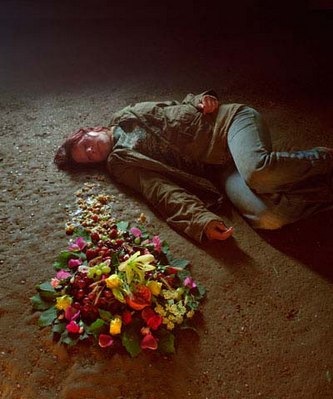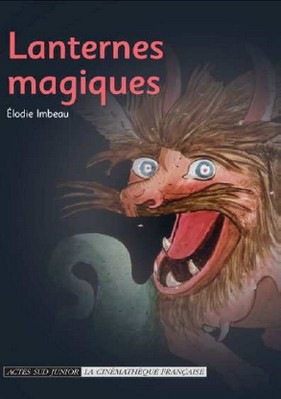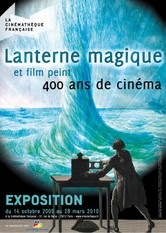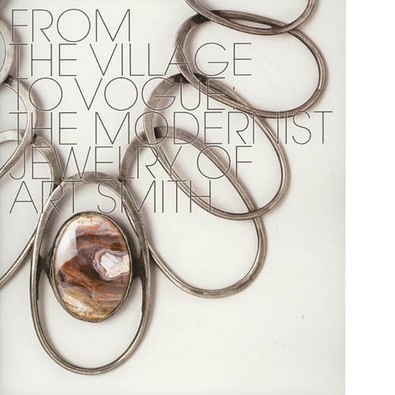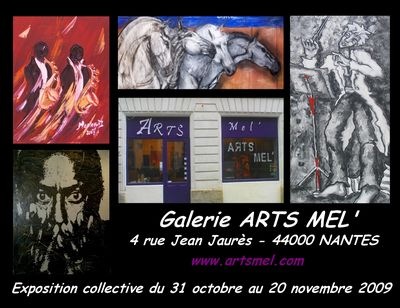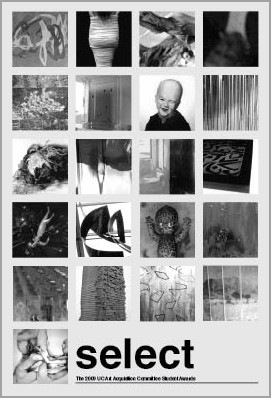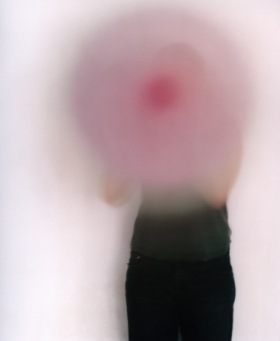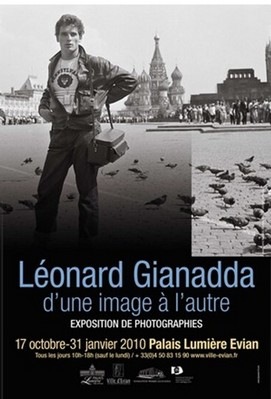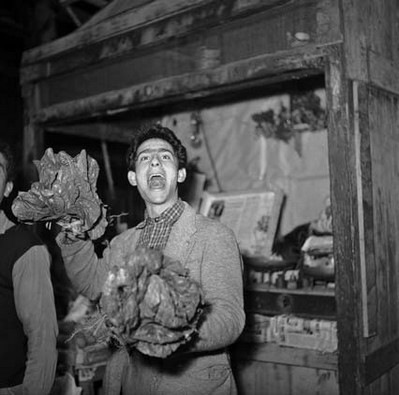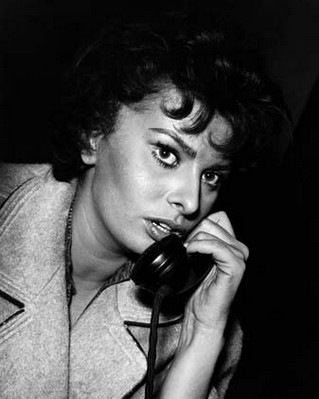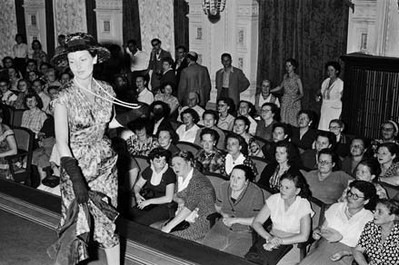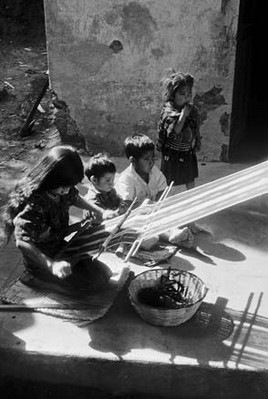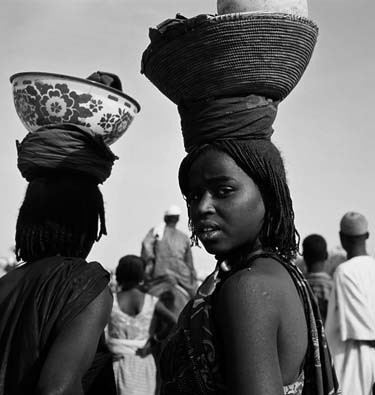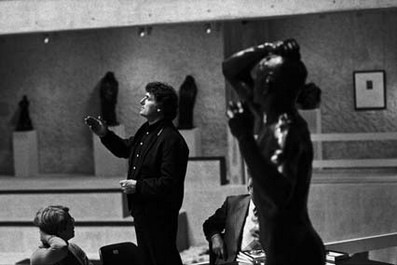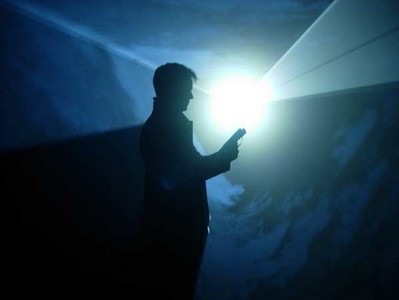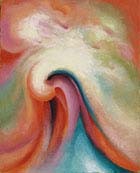
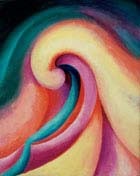
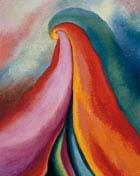
Georgia O'Keeffe, Series I—No. 1, No. 3 and No. 4, 1918
Georgia O’Keeffe: Abstraction is a US landmark exhibition debuting at the Whitney Museum of American Art. Following its New York debut, the show travels to
The Phillips Collection, Washington D.C., February 6– May 9, 2010, and to
the Georgia O'Keeffe Museum, Santa Fe, May 28 – September 12, 2010.
While Georgia O’Keeffe (1887–1986) has long been recognized as one of the central figures in 20th-century art, the radical abstract work she created throughout her long career has remained less well-known than her representational art. By surveying her abstractions, Georgia O’Keeffe: Abstraction repositions O’Keeffe as one of America's first and most daring abstract artists. The exhibition is one of the largest of Georgia O'Keeffe's work ever assembled.
Including more than 125 paintings, drawings, watercolors, and sculptures by Georgia O'Keeffe as well as selected examples of Alfred Stieglitz’s famous photographic portrait series of Georgia O’Keeffe, the exhibition has been many years in the making.
While it is true that Georgia O’Keeffe has entered the public imagination as a painter of sensual, feminine subjects, she is nevertheless viewed first and foremost as a painter of places and things. When one thinks of her work it is usually of her magnified images of open flowers and her iconic depictions of animal bones, her Lake George landscapes, her images of stark New Mexican cliffs, and her still lifes of fruit, leaves, shells, rocks, and bones. Even O’Keeffe’s canvasses of architecture, from the skyscrapers of Manhattan to the adobe structures of Abiquiu, come to mind more readily than the numerous works—made throughout her career—that she termed abstract.
This exhibition is the first to examine Georgia O'Keeffe's achievement as an abstract artist. In 1915, O'Keeffe leaped into the forefront of American modernism with a group of abstract charcoal drawings that were among the most radical creations produced in the United States at that time. A year later, she added color to her repertoire; by 1918, she was expressing the union of abstract form and color in paint. First exhibited in 1923, Georgia O’Keeffe’s psychologically charged, brilliantly colored abstract oils garnered immediate critical and public acclaim. For the next decade, abstraction would dominate her attention. Even after 1930, when Georgia O’Keeffe’s focus turned increasingly to representational subjects, she never abandoned abstraction, which remained the guiding principle of her art. She returned to abstraction in the mid-1940s with a new, planar vocabulary that provided a precedent for a younger generation of abstractionists.
Abstraction and representation for Georgia O’Keeffe were neither binary nor oppositional. She moved freely from one to the other, cognizant that all art is rooted in an underlying abstract formal invention. For O’Keeffe, abstraction offered a way to communicate ineffable thoughts and sensations.
As she said in 1976, “The abstraction is often the most definite form for the intangible thing in myself that I can only clarify in paint.”
Through her personal language of abstraction, she sought to give visual form (as she confided in a 1916 letter to Alfred Stieglitz) to “things I feel and want to say - [but] havent [sic] words for.” Abstraction allowed her to express intangible experience—be it a quality of light, color, sound, or response to a person or place.
As Georgia O’Keeffe defined it in 1923, her goal as a painter was to “make the unknown—known. By unknown I mean the thing that means so much to the person that he wants to put it down—clarify something he feels but does not clearly understand.”
This exhibition and catalogue chronicle the trajectory of Georgia O'Keeffe's career as an abstract artist and examine the forces impacting the changes in her subject matter and style. From the beginning of her career, she was, as critic Henry McBride remarked, “a newspaper personality.” Interpretations of her art were shaped almost exclusively by Alfred Stieglitz, artist, charismatic impresario, dealer, editor, and O’Keeffe’s eventual husband, who presented her work from 1916 to 1946 at the groundbreaking galleries “291”, the Anderson Galleries, the Intimate Gallery, and An American Place. Alfred Stieglitz’s public and private statements about O’Keeffe’s early abstractions and the photographs he took of her, partially clothed or nude, led critics to interpret her work—to her great dismay—as Freudian-tinged, psychological expressions of her sexuality.
Cognizant of the public’s lack of sympathy for abstraction and seeking to direct the critics away from sexualized readings of her work, Georgia O’Keeffe self-consciously began to introduce more recognizable images into her repertoire in the mid-1920s. As she wrote to the writer Sherwood Anderson in 1924, “I suppose the reason I got down to an effort to be objective is that I didn’t like the interpretations of my other things [abstractions].” Georgia O’Keeffe’s increasing shift to representational subjects, coupled with Alfred Stieglitz’s penchant for favoring the exhibition of new, previously unseen work, meant that Georgia O’Keeffe’s abstractions rarely figured in the exhibitions Alfred Stieglitz mounted of her work after 1930, with the result that her first forays into abstraction virtually disappeared from public view.
Georgia O’Keeffe: Abstraction was organized by the Whitney Museum of American Art, New York; The Phillips Collection, Washington, DC; and the Georgia O’Keeffe Museum, Santa Fe, NM. The curatorial team, led by Whitney curator Barbara Haskell, includes Barbara Buhler Lynes, the curator of the Georgia O’Keeffe Museum and the Emily Fisher Landau Director of the Georgia O'Keeffe Museum Research Center; Bruce Robertson, professor of the history of art and architecture at the University of California, Santa Barbara; Elizabeth Hutton Turner, professor and vice provost for the arts at the University of Virginia and guest curator at The Phillips Collection; and Sasha Nicholas, Whitney senior curatorial assistant.
The exhibition is accompanied by a fully illustrated catalogue with essays by the organizers. In addition to rethinking Georgia O'Keeffe's place in American modernism, the book reappraises the origin and singular character of her abstract vocabulary and the stylistic shifts which her art underwent over the span of her long career. It adds significant new insight into her art and life, publishing for the first time excerpts of recently unsealed letters written by Georgia O’Keeffe to photographer and gallerist Alfred Stieglitz, whom she married in 1924. These letters, along with a contextual chronology and other primary documents referenced by the authors, offer an intimate glimpse into her creative method and intentions as an artist.
Whitney Museum of American Art
September 17, 2009-January 17, 2010
Image Credits, from left to right:
Georgia O'Keeffe, Series I—No. I, 1918
Oil on composition board, 19 3/4 x 16 in. (50.2 x 40.6 cm)
Amon Carter Museum, Fort Worth, Texas
Purchase with assistance from the Anne Burnett Tandy Accessions Fund, 1995.8
© Georgia O’Keeffe Museum/Artist Rights Society (ARS), New York
Georgia O’Keeffe, Series I—No. 3, 1918
Oil on board, 20 x 16 in. (50.8 x 40.6 cm)
Milwaukee Art Museum
Gift of Jane Bradley Pettit Foundation and The Georgia O’Keeffe Foundation
M1997.192, © Milwaukee Art Museum
Photography by Larry Sanders
Georgia O'Keeffe, Series I, No. 4, 1918
Oil on canvas, 20 x 16 in. (50.8 x 40.6 cm)
Städtische Galerie im Lenbachhaus, Munich
Gift of The Georgia O'Keeffe Foundation
© Städtische Galerie im Lenbachhaus




